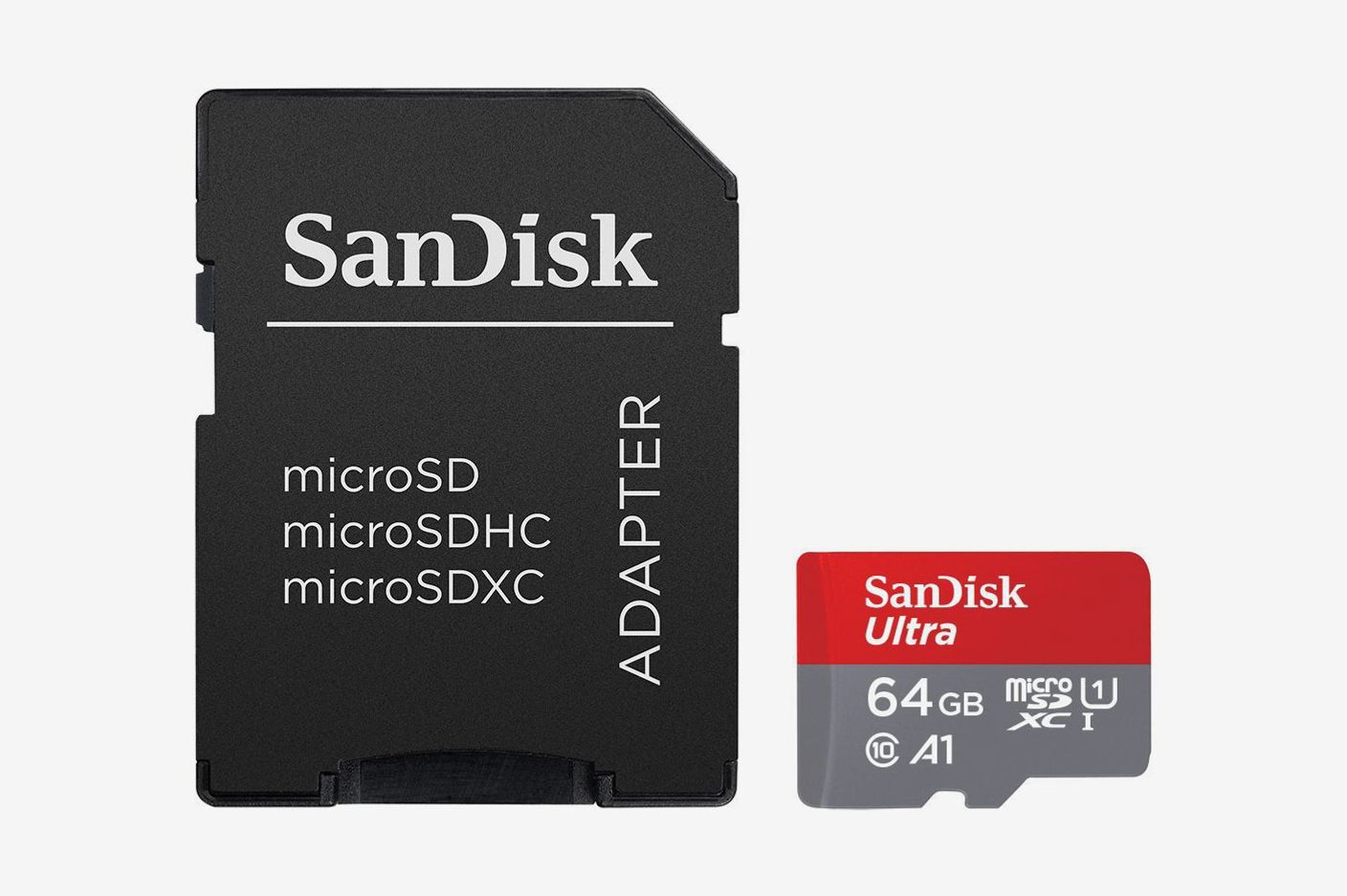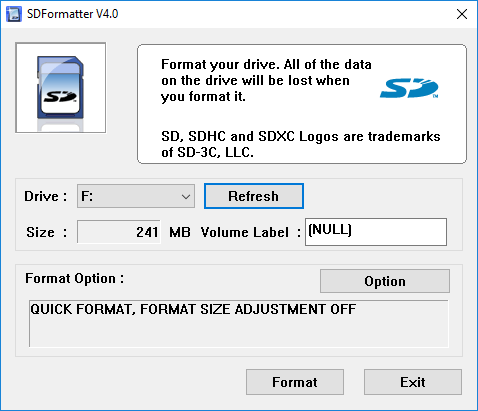

- #Best micro sd card formatter how to#
- #Best micro sd card formatter install#
- #Best micro sd card formatter update#
It was the slowest card to boot by far, taking more than twice as long as the fastest booting card on both the Pi 4 and Pi 3 B+, the Kingston Canvas React.


The card had solid transfer rates in IOzone, though its 4K random writes were a little disappointing (rates were much higher in the Raspberry Pi Diagnostic test). It also booted in a speedy 24.7 seconds, only 0.7 seconds slower than the Kingston Canvas React. In our tests on the Raspberry Pi 4, the Samsung Evo Plus offered consistently strong application opens, coming within 0.2 to 0.3 seconds of the leader. Most of us probably aren’t worried about submerging a card in water, but it’s nice to know that if you waterproof your Raspberry Pi, the card will be fine too. Samsung backs the Evo Plus with a 10 year warranty and claims that the card can survive X-rays, magnetic radiation and even 72 hours in seawater. Selling for a modest $8.51 (£7.29) at publication time, the Samsung Evo Plus offers solid performance from a highly-trusted brand at a very reasonable price. If emulation is your goal then 32GB should be the bare minimum as PlayStation 1 CDROM images weigh in at around 700MB, so ten games can easily eat up around 25% of your micro SD storage.
#Best micro sd card formatter update#
With every update and release slowly using more and more of your card, 8GB will soon become too small for a typical setup.
#Best micro sd card formatter install#
But for the full Raspberry Pi experience you will need the full install and that leaves you very little, if any, extra space on an 8GB card.
#Best micro sd card formatter how to#
Raspberry Pi OS can run on a card that’s as small as 8GB (see how to set up a Raspberry Pi) if used with the Lite version of the OS. We chose the 32GB capacity because it offers more than enough room for most use cases while not being appreciably more expensive than 16 or 8GB cards. But which microSD card should you buy for your Raspberry Pi? To help find the answer, we tested ten different 32GB cards on a Raspberry Pi 4, a Raspberry Pi 3 B+ and a Raspberry Pi Zero W to see which offers the best performance for the money.


 0 kommentar(er)
0 kommentar(er)
